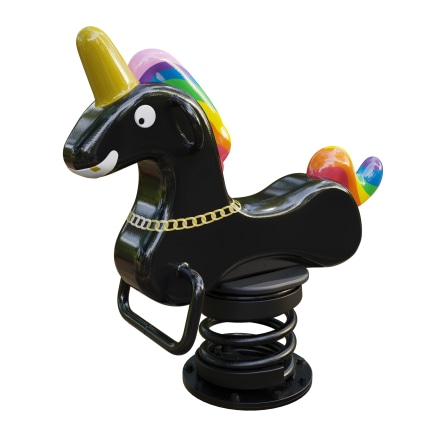

The emergence of the automobile brought a new sense of freedom, exploration and leisure to American culture. For Black Americans, though, this newfound mobility was frequently accompanied by racism, oppression and violence. In "Sanctuary," currently on view at the Middlebury College Museum of Art, Brooklyn-based artist Derrick Adams, known for work that explores his Black identity, takes inspiration from the ingenuity and resilience necessary for people of color to travel safely in the Jim Crow era.
In addition to vintage photographs, video and mixed-media collages, Adams' installation makes creative use of pages from The Negro Motorist Green Book. Published between 1936 and 1967 by New York postal worker Victor Hugo Green and his wife, Alma Duke, the annual guidebook was an essential resource for Black travelers who sought welcoming businesses, accommodations and restaurants at a time of widespread discrimination against nonwhite people.
With the Black motorist as Adams' primary focus, "Sanctuary" is less historical education and more an evocation of the spirit of movement. Originally presented at the Museum of Arts and Design in New York and on tour for six years, the imaginative exhibition contains both hand-built works and precisely constructed installations using manufactured objects. Adams' visual language is tightly connected to the look and feel of the Green Book, particularly in the show's two largest components.
A sculpture in the center of the gallery, titled "The Road: Keep Your Head Down and Your Eyes Open," is designed at the scale of a Pinewood Derby car and elevated to about waist height. Colorful driving caps set atop wooden car bases are placed along an asphalt-looking "road" that bisects the piece. The stand-alone walls of the structure are covered with greatly enlarged pages from the Green Book.
The architecture of this piece, with the roadway slicing through arched cutouts, calls to mind common urban-planning practices that divided and isolated low-income neighborhoods throughout the U.S. Adams controls how visitors can view the roadway, perhaps an allusion to the imposed limitations for Black travelers.
An untitled 10-by-15-foot wall that resembles a theatrical backdrop is covered with enlarged Green Book pages in black and white. Neon signs in pink and blue are scattered across it — the kind of one-word signals familiar to all motorists ready for a break: "Open," "Motel," "Hair," "Music," "Service."
Throughout the exhibition, Adams relies on the aesthetics and language of advertisements in the book. Ad slogans are used in the titles of his dowel-hung "En Route" banners, which feature patterned fabric car doors, embroidered text, even leather driving gloves.
A series of mixed-media collages on wood panels pays homage to such places as auto-body shops, beauty parlors, restaurants and hotels. Adams populates these pieces with symbolic objects: tools in "Come On By Mr. Hoodwrench," picnic items in "Family Style," a makeup mirror and combs in "There's More Than One Beauty School." Recurrent elements in this series are upholstery fabric in a brick pattern, the plastic handles of travel cases and tiny windows framed in wood.
Adams' multifaceted exhibition draws from a period in the complicated history of American tourism to ask questions about freedom of movement and the vital role of safe spaces — concerns that remain relevant.
"Derrick Adams: Sanctuary," on view through April 14 at Middlebury College Museum of Art.